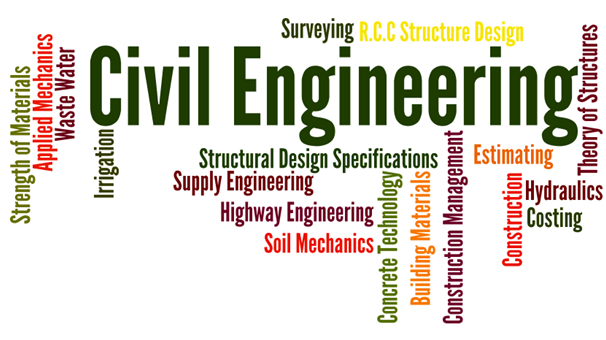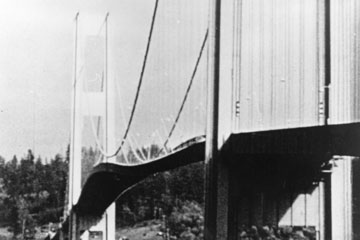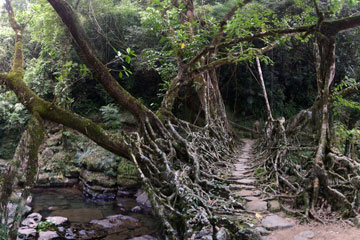The multiple-stage method of diversion over the tops of alternate low construction blocks or through diversion conduits in a concrete dam requires shifting of the cofferdam from one side of the river to the other during construction. During the first stage, the flow is restricted to one portion of the stream channel while the dam is constructed to a safe elevation in the remainder of the channel.
In the second stage, the cofferdam is shifted and the stream is carried over low blocks or through diversion conduits in the constructed section of the dam while work proceeds on the un-constructed portion. The dam is then carried to its ultimate height, with diversion finally being made through the spillway, penstock, or permanent outlets.

A cofferdam can be defined as “A watertight construction designed to facilitate construction projects in areas which are normally submerged”, such as bridges and piers.
A cofferdam is installed in the execution area and the water is pumped out in order to facilitate work for workers and enable them to work in dry conditions and can construct structural supports, enact repairs, or perform other types of work in a dry environment. In some regions of the world, a cofferdam is better known as a caisson. Working inside a cofferdam can be hazardous if it is installed improperly or not safely pressurized, but advances in engineering have led to increased safety for workers using this unique work environment.
A cofferdam is a temporary dam or barrier used to divert a stream or to enclose an area during construction. The design of an adequate cofferdam involves the problem of construction economics. When the construction is timed so that the foundation work can be executed during the low-water season, the use of cofferdams can be held to a minimum. However, where the stream flow characteristics are such that this is not practical, the cofferdam must be so designed that it is not only safe, but also of the optimum height.
Height Limitations for Cofferdam
The height to which a cofferdam should be constructed may involve an economic study of cofferdam height versus diversion works capacity. This may include routing studies of the diversion design flood, especially when the outlet works requirements are small. If outlet works requirements dictate a relatively large outlet conduit or tunnel, diversion flows ordinarily may be accommodated without a high cofferdam. It should be remembered that the floodwater accumulated behind the cofferdam must be evacuated in time to accommodate another storm.
The maximum height to which it is feasible to construct the cofferdam without encroaching upon the area to be occupied by the dam must also be considered. Furthermore, the design of the cofferdam must take into consideration the effect that excavation and de-watering of the foundation of the dam will have on its stability, and it must anticipate removal, salvage, and other factors.
Generally, cofferdams are constructed of materials available at the site. The two types normally used in the construction of dams are
- Earthfill cofferdams and
- Rockfill cofferdams
Whose design considerations closely follow those for permanent dams of the same type. Other less common cofferdam types are concrete cribs filled with earth or rock, and cellular-steel cofferdams filled with earth or rock. In this case, the major portion of the cofferdam consists of an earth and rock embankment, and steel sheet piling was used to affect final closure in swift water. Cellular steel cofferdams and steel sheet piling are adaptable to confined areas where currents are swift.
If the cofferdam can be designed so that it is permanent and adds to the structural stability of the dam, it will have a decided economic advantage. In some embankment dams the cofferdam can even be incorporated into the main embankment. In such instances, the saving is twofold-the amount saved by reducing the embankment material required and the amount saved by not having to remove the cofferdam when it is no longer needed.




